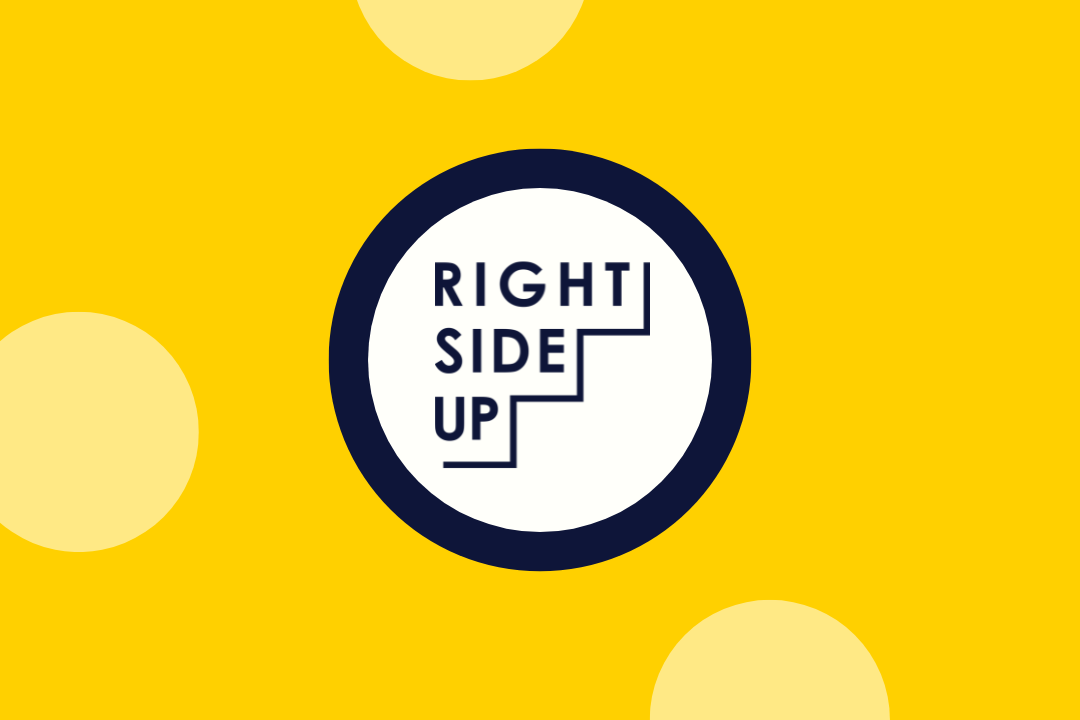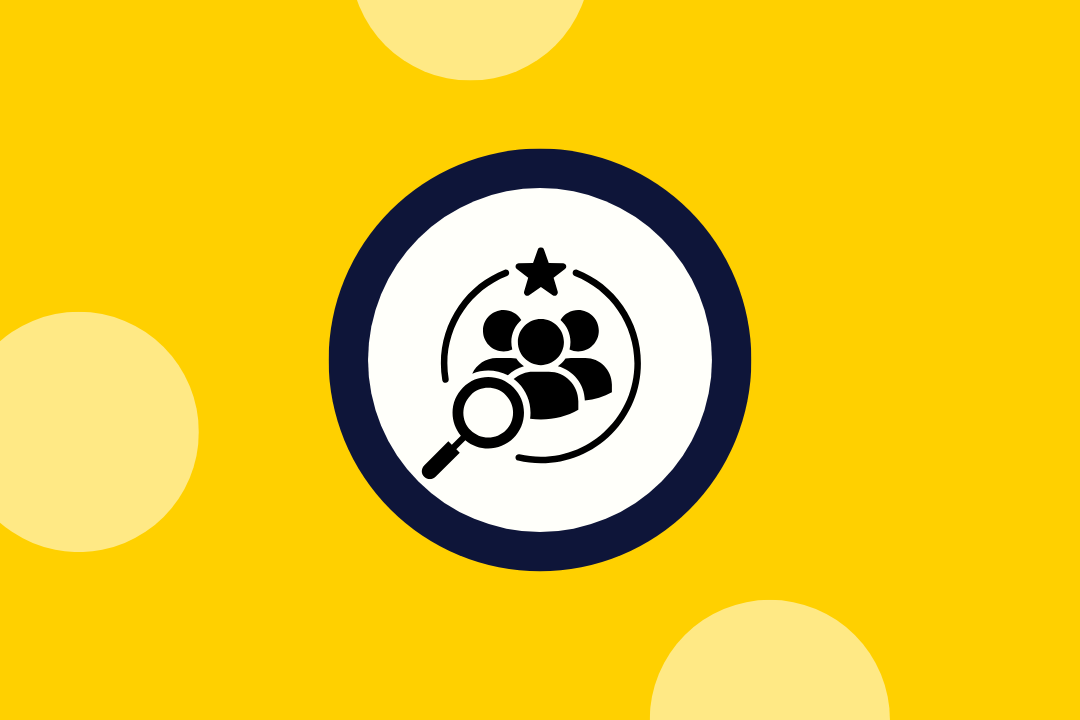How to Build a B2B Referral Program (with Steps & Examples)
Published
June 20, 2024
Updated

Here are the steps to build a successful B2B referral program that generates leads and fuels business growth.
Marketers associate strong referral programs with world-class business-to-consumer (B2C) brands like Airbnb, Uber, and Robinhood. As those businesses scaled, the referral programs remained in place to continue acquiring customers and accelerating growth.
Referral programs are also a hidden goldmine for business-to-business (B2B) brands’ growth. 84% of B2B decision makers say the buying process starts with a referral, and more than half of B2B buyers consult third-party sources, such as social media or peers, before engaging with a sales team. Despite this, only a small percentage of B2B brands currently leverage referral programs as part of their growth strategy.
Only a small percentage of B2B brands actually leverage a referral program, though. Longer sales cycles make tracking and attribution difficult, and it may be tricky to identify the right incentives. But it’s certainly worth establishing a B2B referral program.
Let’s dive into why you need a B2B referral program and how to make the referral program an integral part of your overall growth strategy.
Why You Need a B2B Referral Program: 4 Benefits
When executed well, referral programs expand your lead database more cost-effectively. B2B referral programs allow you to tap into your existing networks—customers, partners, and employees—to uncover high-quality leads already primed for engagement. This strategy enhances reach while leveraging the trust and credibility of existing relationships to drive growth.
By incentivizing referrals, a B2B brand unlocks several benefits:
- Expanded lead database: Referral programs uncover new business opportunities that might otherwise remain hidden. Since these referrals come from your customers, partners, or employees, they’re likely to fit your ideal customer profiles (ICPs), making them highly qualified from the start.
- Improved cost economics: Referred leads tend to be warmer and are more likely to close because they come with a built-in endorsement from a trusted third party.
- Customer trust and retention: Referred customers often have more immediate trust in your brand, which makes them more likely to stay. In fact, they have a 37% higher retention rate than non-referred customers.
- Enhanced advocacy: Developing and rewarding your best advocates not only drives referrals but can also seamlessly scale into other marketing efforts, such as case studies and testimonials.
A B2B referral program provides an optimized source of new customers, with higher quality, faster conversions, and increased lifetime value than leads acquired through other channels. Overall, this boosts brand awareness and customer loyalty while driving long-term growth for a company.
Types of B2B Referral Programs to Use
Deciding on the type of B2B referral program to use depends on who you’re relying on to generate leads.
Here are the types of B2B referral programs to choose from:
- Customer referrals: Engage high-performing, satisfied customers who can effectively communicate your value and introduce you to their peers within your ICP.
- Partner referrals: Collaborate with industry partners, affiliates, or publications to expand your reach into new and adjacent markets.
- Employee referrals: With their deep knowledge of your products and services, employees can be valuable referrers and are naturally incentivized to see the company grow.
Customers, partners, and employees are all individual options, and you might even use some or all three simultaneously.
Choosing the right referral program depends on which audience your company can effectively engage. For example, if you can identify high-performing customers with strong net promoter scores (NPS), a customer referral program might be an excellent starting point.
How to Build an Effective B2B Referral Program: 7 Steps
Building a B2B referral program—and achieving success—requires precision. You’ll need to craft a referral program that fits your business model, industry, and target audience. Of course, you also need to decide on the type of referral program to implement.
Here’s the guide to building a B2B referral program.
#1. Define target audience
Identify individuals or companies most likely to refer. This could include top performers, those with high NPS, or those who have participated in other marketing activities, such as webinars or case studies.
Working closely with a sales or customer success team can also help identify additional candidates or supplement your target segment with qualitative insights.
#2. Identify incentive structure
Offer appropriate incentives to motivate referrals. Monetary rewards are effective, but non-monetary incentives—like recognition, exclusive access, and co-marketing opportunities —also drive engagement.
Monetary rewards can also take on different forms, from physical items—such as an iPad or Echo Show—to gift cards to discounts on your products and services like a free month of service.
#3. Build test plan
Continuous experimentation is crucial for optimizing B2B referral programs. Do product discounts work just as well as gift cards? What is the right dollar amount to use as a reward that creates just enough incentive to be effective? Does a time-bound program yield better results compared to an evergreen program? These are all questions to answer through trial about your audience. Test different cohorts, analyze reward elasticity, and fine-tune communication timing to improve results.
#4. Create traffic plan
To maximize your reach, promote your referral program through a mix of channels, such as your website, email marketing, social media, and email signatures. Consider leveraging your sales and customer success teams for additional bandwidth.
#5. Develop risk mitigation strategy
One of the biggest challenges with referrals is program abuse and fraud. To mitigate risks, establish a clear program structure, set limits on referrals and rewards, and leverage robust legal terms and conditions to lay out specifications.
For example, you could limit the number of referrals an individual can receive credit for or implement stricter payout requirements.
While stricter requirements may mean lower campaign conversion rates in the near term, the program may result in higher-quality conversions and lower fraud risk over the long term.
#6. Know how to measure success
Have a clear vision of success to determine whether continued investment is worthwhile. Track metrics such as campaign conversion rates, conversion rates of referral-led deals, deal velocity, and revenue generated from referrals to measure the program’s effectiveness and ROI.
#7. Leverage technology to scale
While it’s possible to run referral programs through marketing automation tools such as Marketo or Pardot, some manual monitoring will still be required to mitigate risks and potentially manage payouts.
For additional scale, platforms such as ReferralHero can fully automate the referral process, including payouts, experimentation, and fraud monitoring.
Successful B2B Referral Program Examples
Looking for inspiration? Referral programs might not be as prevalent in B2B as B2C, but they exist and some of the most well-known brands use them to generate leads. It’s also likely that you’ve purchased a product or signed up for a service to use in your workflow through a referral program.
Let’s take a look at a few real-life examples of successful B2B referral programs.
- Dropbox: Dropbox extended its highly successful consumer referral program to its business product. By offering additional storage space as an incentive, Dropbox encouraged existing users to refer new business users.
- Hubspot: HubSpot’s referral program rewards referrers with a commission for each new customer they bring in. The program is open to both customers and non-customers, broadening its reach. HubSpot's referral program contributed to a 50% increase in leads and a 20% increase in customer retention.
- Slack: Slack offers referral incentives to users who invite new organizations to the platform. The referrer receives credits that can be used towards their subscription. It grew from 500K to 1.7M daily active users (in eight months) through a viral referral loop.
Notice how a referral program impacted businesses’ overall growth strategies, acquiring customers rapidly and with significant efficiency.
Start Building a B2B Referral Program with Growth Marketing Experts
Referral programs are a powerful—yet underutilized—tool for B2B brands. Buying decisions are made by people, and people like to validate their decisions with those they trust.
By making referrals a part of your growth strategy, use this to your advantage. Referral programs help build trust with potential customers, unlock a new growth channel for your business, and turn your company’s built-in network of customers, partners, and employees into powerful brand advocates.
Ready to build a B2B referral program? We’ve got the talent for you—get in touch with Right Side Up to find the growth marketer prepared to build your program capturing leads and accelerating business growth.
.webp)
.webp)
.webp)
.webp)
.webp)
.webp)
.svg)
.svg)
.svg)
.png)


.png)







.png)

.webp)
.webp)
.webp)
.webp)
.webp)
.webp)